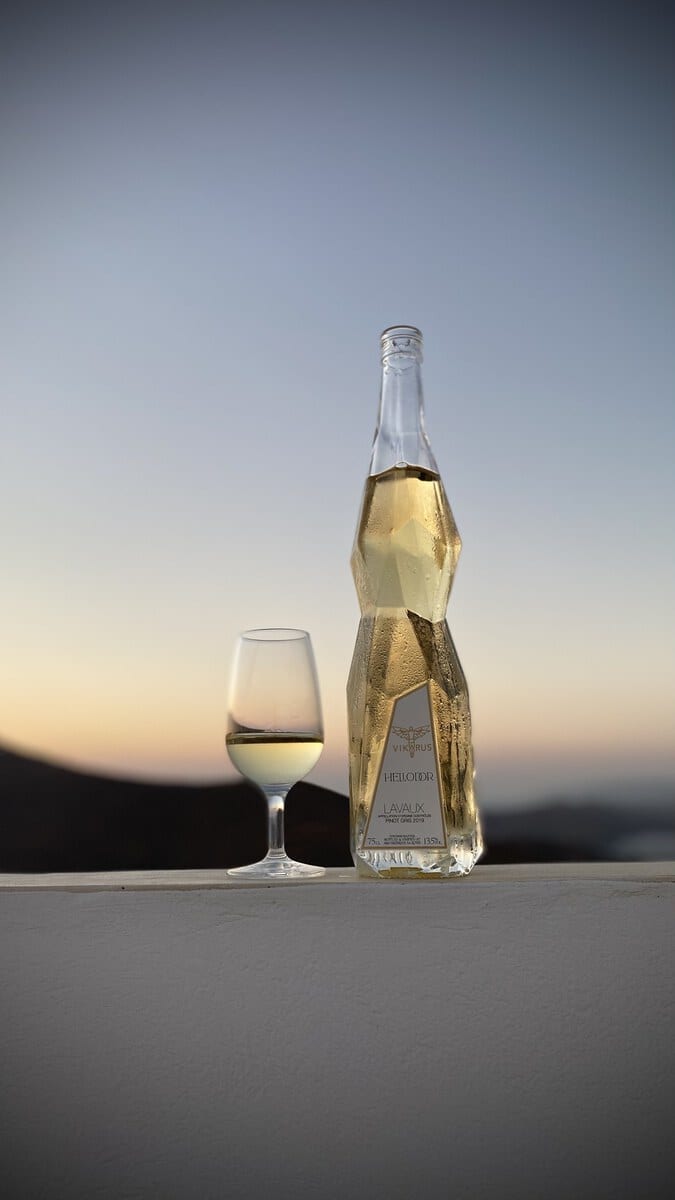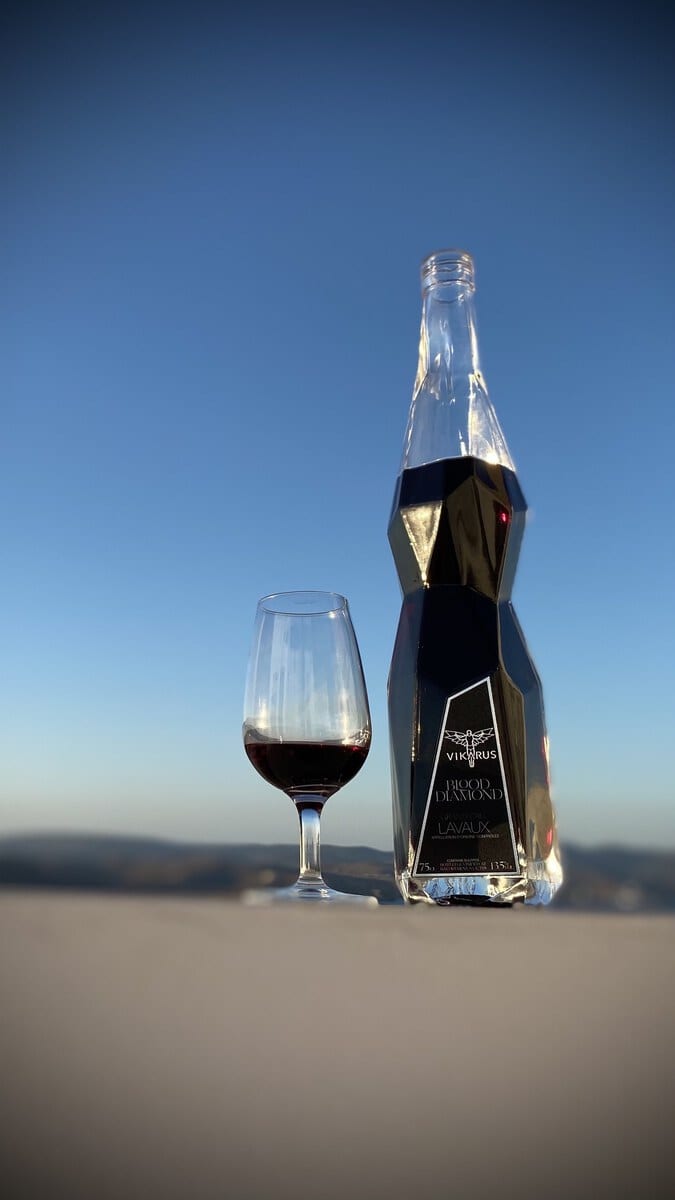20s to 30s: the untapped wine market
Who in the wine industry is after the youngest consumers?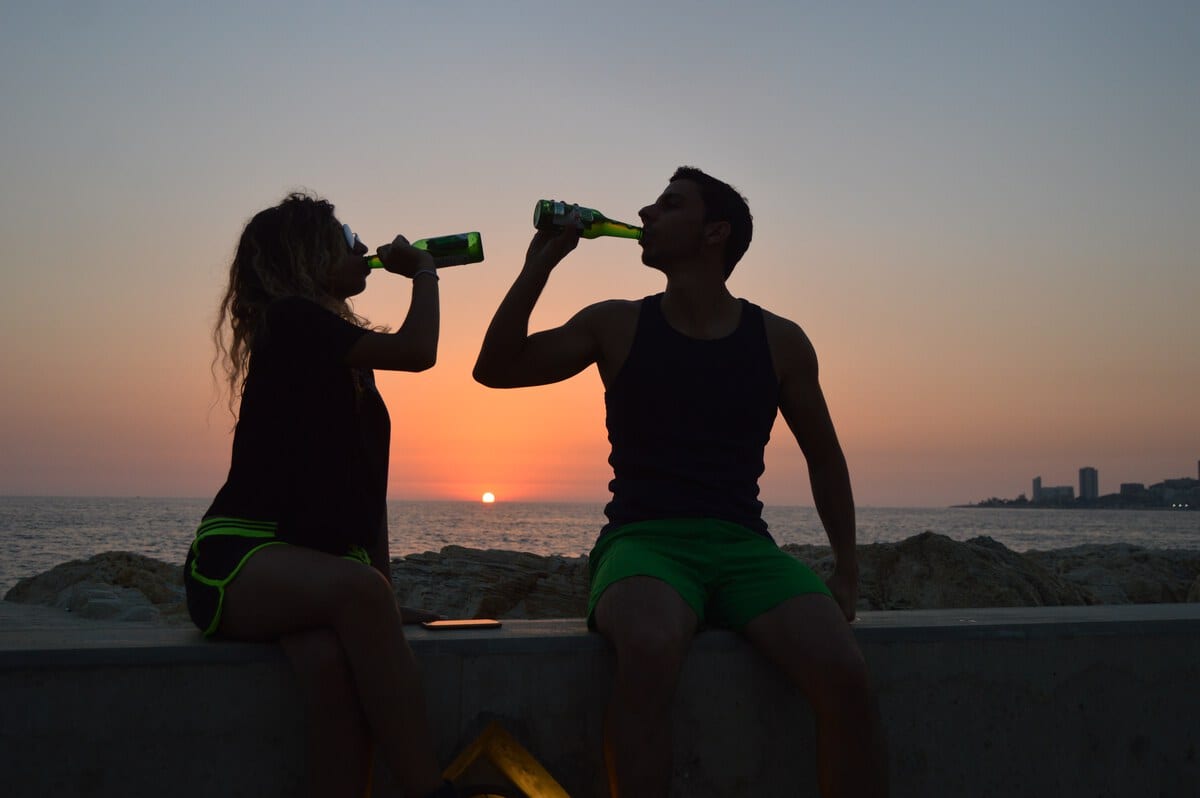
Photo by rashid khreiss
Right now I’m in Greece. On a small island where time seems to have stopped and the virus seems nothing but a bad dream.
No curfew. Bars and restaurants are open and operate as normal. They serve their customers till the early hours of the morning.
I see countless young couples and groups of friends chatting away with a beer or a tsipuro1 in their hands.
No wine though. Almost never.
Younger Millennials & Gen-Z: not wine drinkers?
Fermented grape juice is hardly a drink that people in their 20s or early 30s seem to go for.
And it’s not me saying so. Data collected by Silicon Valley Bank in their 2021 State of the Wine Industry report from the last 4 years shows how Gen Z represents only around 2% of the wine consumer pool. The numbers become definitely bigger for the Millennial group, now accounting for 20% of consumption. Though we need to keep into account that Millennials refers to a much bigger group of people (24 age to 39 age) and I suspect, the older Millennials are those accounting for the wine consumption.
Wine is too pricey some argue.
Wrong answer, I suspect.
There are plenty of nice bottles of wine that don’t cost much more than twice a fancy, hipstery, fashionable beer. And that is what many young drinkers pick.
Let’s also consider that a bottle of wine can easily be shared between two people. Thus the cost of the individual drink comes out to be virtually the same.
So what is it?
Is wine not in fashion?
Is wine too difficult to appreciate?
I think it may be a combination of both factors.
Wine and lifestyle marketing
When I say that wine is not fashionable I’m thinking about the marketing of it.
Let’s think about spirits, bitters and beer marketing. They sell a lifestyle.
Remember the iconic ads for Campari?
They feature sexy couples in elegant outfits and gorgeous locations sipping away their glass of red bitter. They are on magazines, TV and posters around cities all over the world.
I can’t think of a wine bottle that marketing has made so trendy.
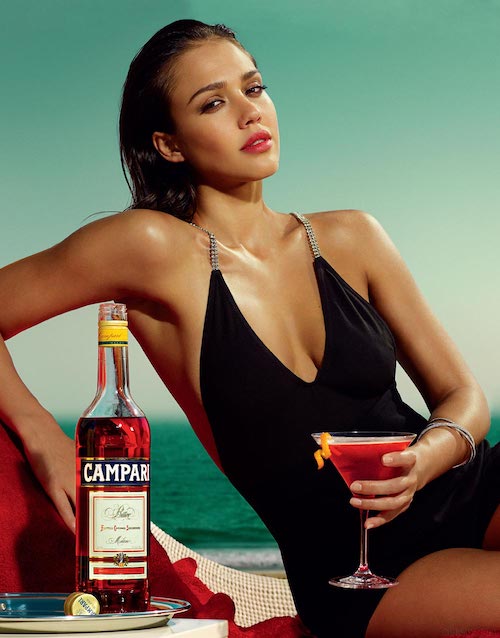
Photo by Campari
Appreciating wine can be hard
Also, wine could be too difficult to appreciate.
What I mean is that what is considered a “good” bottle is often complex, multilayered, evolved.
A young audience may need an easier drink. But an easier drink that can still epitomise a status symbol.
There are plenty of simple, easy drinking wines out there. Yet, they don’t sell the dream of youth, elegance, power and sex-appeal.
Vikarus: a project to solve this
Well, I recently came across a couple of young university graduates who are trying to take advantage of this gap in the market.
They bottle wine and promote it among their peers.
Simple.
SMART.
They called their project Vikarus.

Photo by Vikarus
The name alludes to Ikarus, the Greek mythological character who built wings with wax and feathers and tried to reach the sun. As the wax melted with the heat of the sun, he fell.
The Vikarus team argues that one needs to attempt to fly and fall to inspire others to dare something exciting.
I guess as they picked this name they were humble enough and ready for their project to fail?
Vikarus partnered with J. & M. Dizerens, a Swiss winery.
They selected three wines: a white, a rosé and a red.
And then they worked hard on creating a new, unique, customer experience; on creating a dream.
They designed a new innovative bottle, with a striking faceted design.
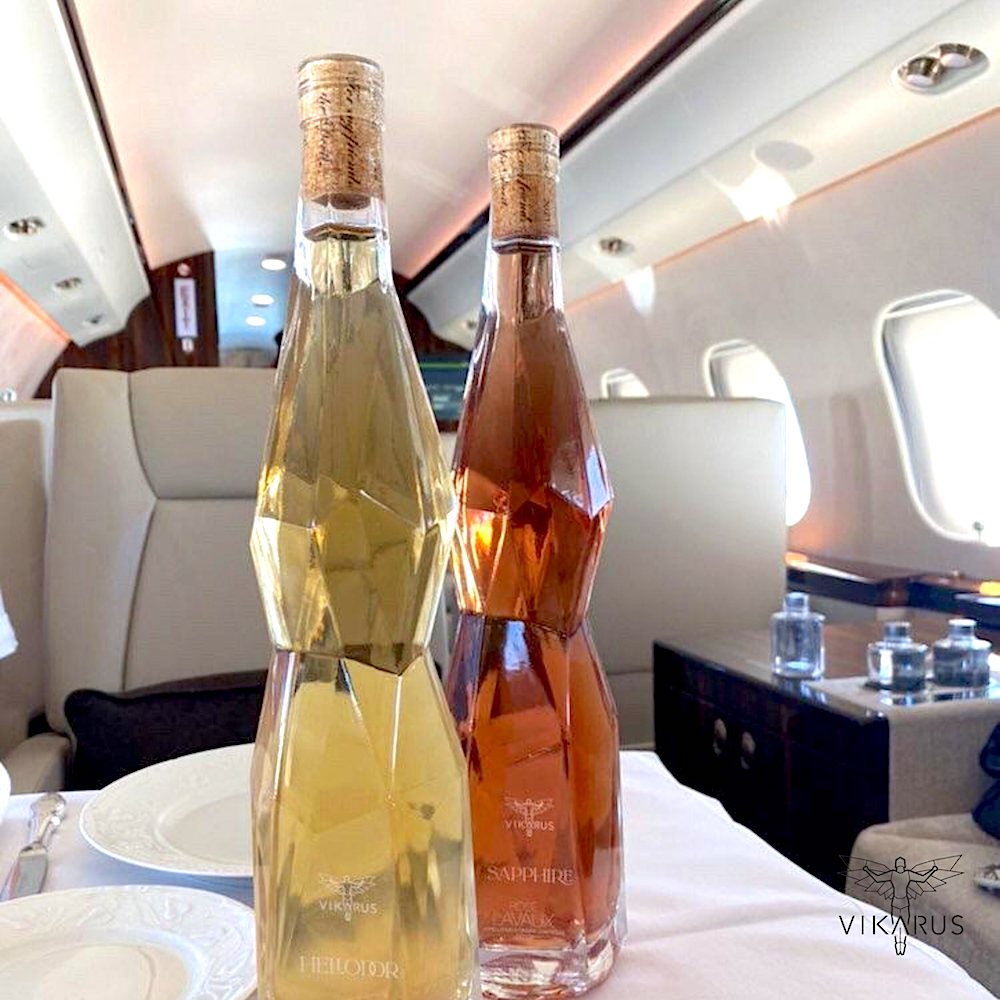
Photo by Vikarus
They imprinted the words “Fly” or “Fall” on their corks so that when opening each bottle one is presented with their fate, maybe.
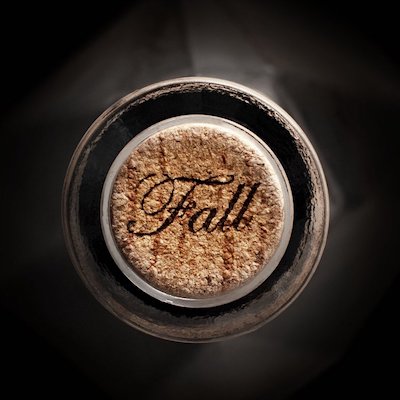
Photo by Vikarus
They are now working on marketing their brand to a specific niche, a young but affluent audience.
Tasting the Vikarus wines
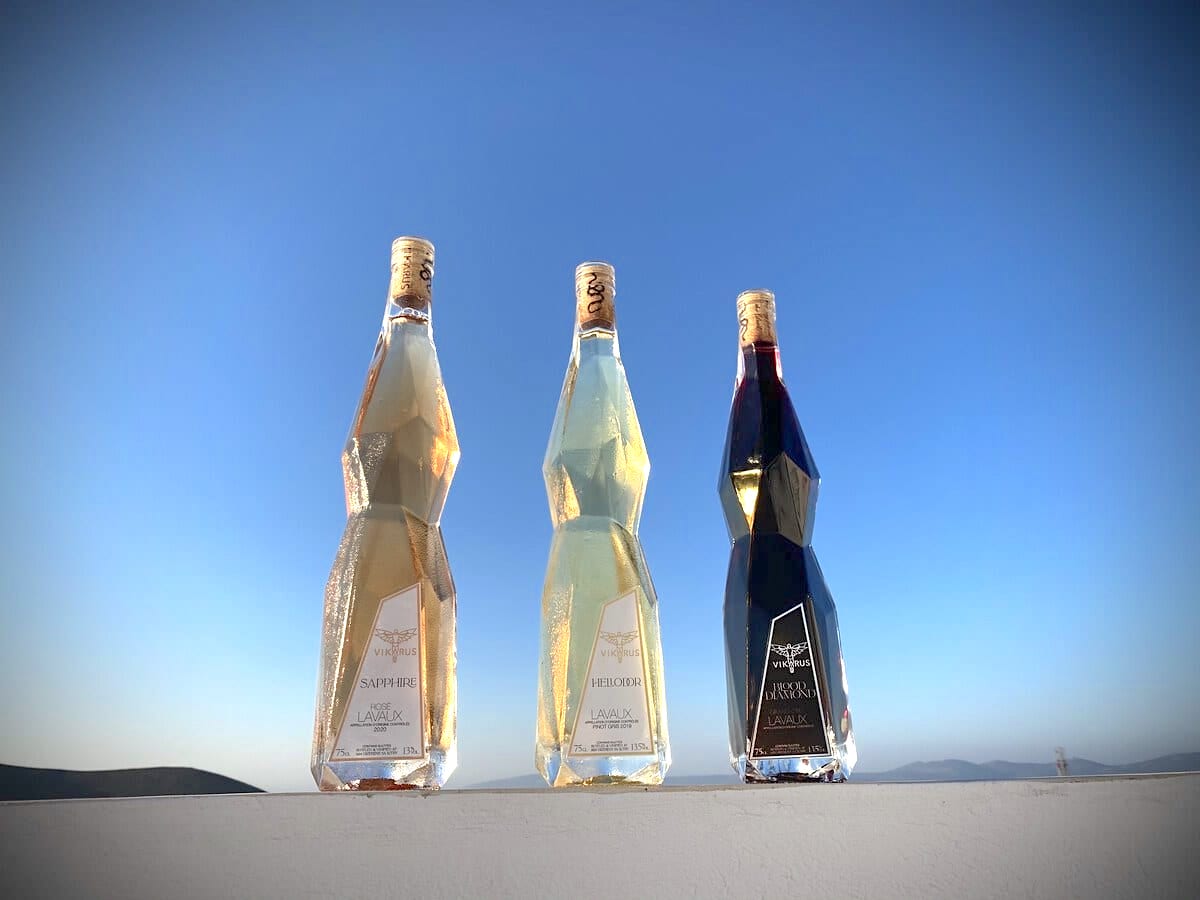
I was curious to try them out so the Vikarus team sent me samples of their latest creations!
Verdict?
They are fulfilling, round and pretty easy drinking. All of them.
Heliodor II, the white, is round, full, aromatic (but not too punchy). An easy choice from aperitif to meal to an after-dinner drink.
Vikarus "Heliodor II" 2019
100% Pinot gris
Full & aromatic. White flowers & unripe mango.
A still wine from Lavaux🇨🇭Switzerland
Points:
Blood Diamond II, the red, is fruity and round, a touch spicy with a very well balanced body. It’s neither full (maybe too heavy for a wine novice?) nor too thin.
Vikarus "Blood Diamond II" NV
Blend of Gamaret / Diolinoir / Plant-Robert
Jammy & spicy. Cherry & plum.
A still wine from Lavaux🇨🇭Switzerland
Points:
Sapphire II, the pink, is actually my favourite one! I find it very well balanced.
The bouquet is an interesting mix of floral notes, herbaceousness and minerality.
On the mouth is round, a touch pétillant and it strikes a great balance between roundness and freshness.
Vikarus "Sapphire II" 2020
Pinot noir / Gamay
Aromatic & refreshing. Raspberry & lemon blossom.
A still wine from Lavaux🇨🇭Switzerland
Points:
Trend setting?
Tasting aside, Vikarus is playing it smart. Gaining the loyalty of a young audience is a great move.

Photo by Kelsey Chance
For a start, drinkers in their 20s will continue ordering your brand for a longer time than an older audience.
Plus, they will spread the word among friends. The habit of picking your brand over another may well become viral. And that is one desirable outcome!
Let’s not forget that Gen-Z and Millennials are heavy users of social medias such as TikTok and Instagram. A clever marketing campaign on those platform could well make skyrocket a brand sales!
But the wine world had already done this…
You may think.
Sure!
The difference is that they did it with wine styles not wine labels.
Rosé wine has already become a trend. And how to forget the impressive surge of Prosecco?
Yet, it’s one thing to say that IPA beers are becoming a popular drinkers choice. It’s different if Sol, drank from the bottle with a slice of lime, is the most sold beer this summer (not saying this it’s true, I’m just trying to make a point here!)
In the first case any brewery producing an IPA will benefit from the trend. In the second instance, Sol alone will take advantage of the new fashion. Plus some lime producers, maybe.
Similarly, if Rosè is seeing a revival, many wineries will ride the wave. Yet, if one label establishes itself as THE brand to order in a bar, club or restaurant, it alone will benefit from that trend!
And since we are at it, let’s think about the super trendy Aperol Spritz.
That is a great example! Riding the wave of popularity of Prosecco, Aperol spread worldwide the Northern Italian habit of mixing the sparkling Italian wine to a bitter, specifically Aperol of course, to enjoy a light aperitif.
In a few years Aperol Spritz became extremely popular and can now be found on bar menus all over the world.
Many wines can be used to make the drink. But, well, the only bitter to use is Aperol (or Campari, of course, but since they are both owned by the same group it makes little difference 😉)!
Bottom line on Vikarus wines
Vikarus: well done on trying to captivate a market you know well, your peers.
You know their thinking, their needs and their taste. And you are trying to please them.
You may well fall from the sky as Ikarus did.
If you do, it means you got high enough.
But you are young and can learn from your errors to do better next time!
-
Tsipuro is a distilled drink typical of Greece. It’s made from grapes and grape pomace which are left over after having been pressed for wine. ↩

